Over the years, we would hear about projects, so big, so consequential, that they are called “moonshot” projects. Projects that company’s said that they bet the farm, in which if they failed, the company that initiated the project might also go under.
We explore where did the term come from and what are corporate-level “moonshot” programs that companies made and what is the effect to their bottom line and technology in general.
What’s a Moon Shot Project?
Moonshot projects are projects that are large, ambitious and so “out-there” that it basically takes a large chunk of a organization’s resources to achieve a very lofty target. The term starts when the United States government’s effort to put human beings on the moon.
Apollo Program: the OG Moon Shot Project
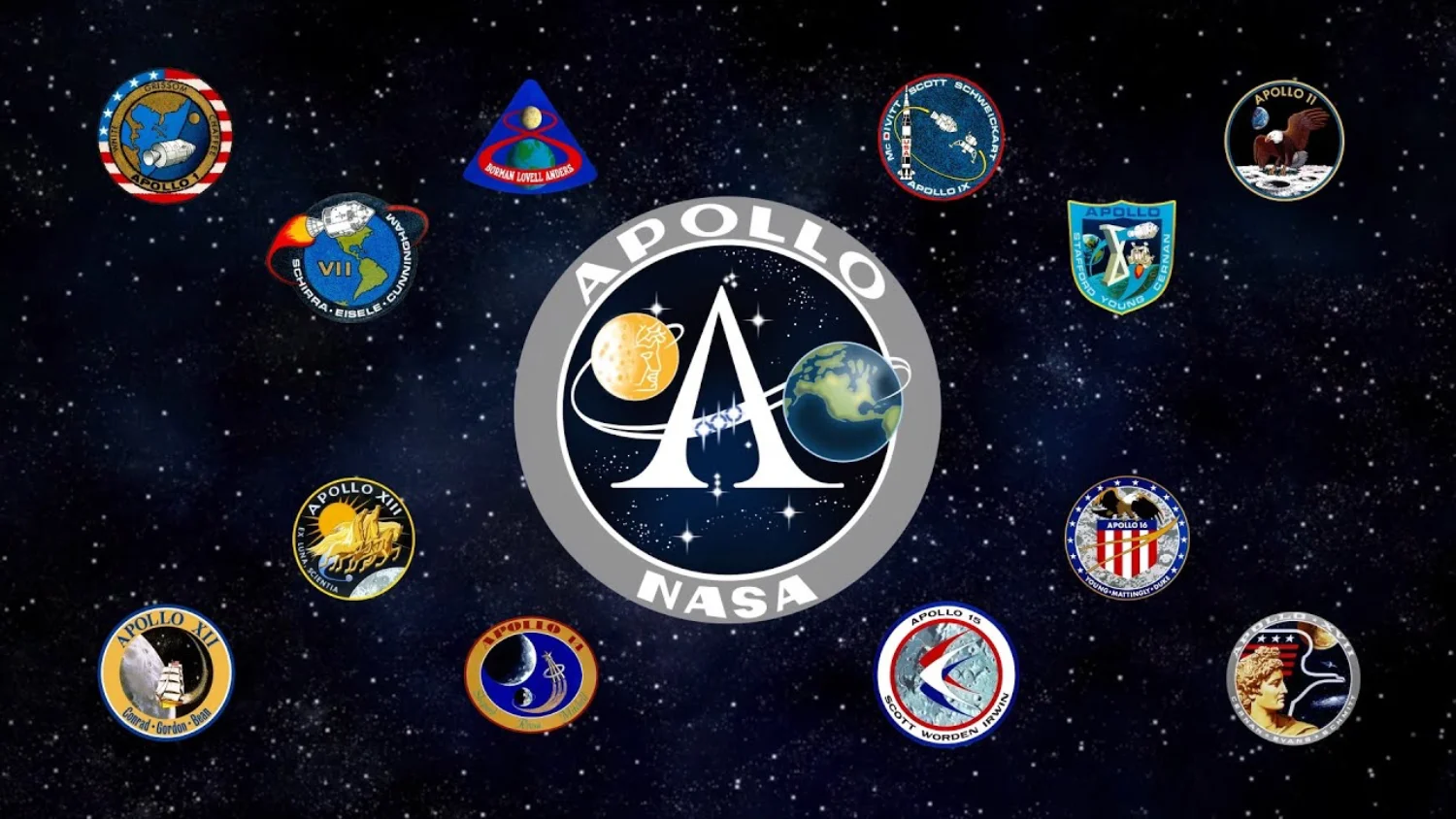
The Apollo program is where the “moonshot project” term comes from. This is the point in human history where a civilization built the grandest symbol of them all: literally taking a shot at the moon and putting humans there and bring them back safely.
To put things into perspective about how large the Apollo program, you have to think the moment when the program is first conceived, back in 1960.
In 1960, it was just 15 years after the end of the Second World War. In 1960, the Soviet Union just managed to launch the first artificial satellite, Sputnik 1, just 3 years ago. In 1960, humans just learn how to launch rockets and haven’t even put humans in space yet. We don’t even know that humans can survive the rigors of outer space. Now, someone says that in 10 years time, we are going to put humans in another celestial body, build rockets to get there on technology that hasn’t existed yet, and tools that are so cutting edge that it bleeds, many would think you are crazy.
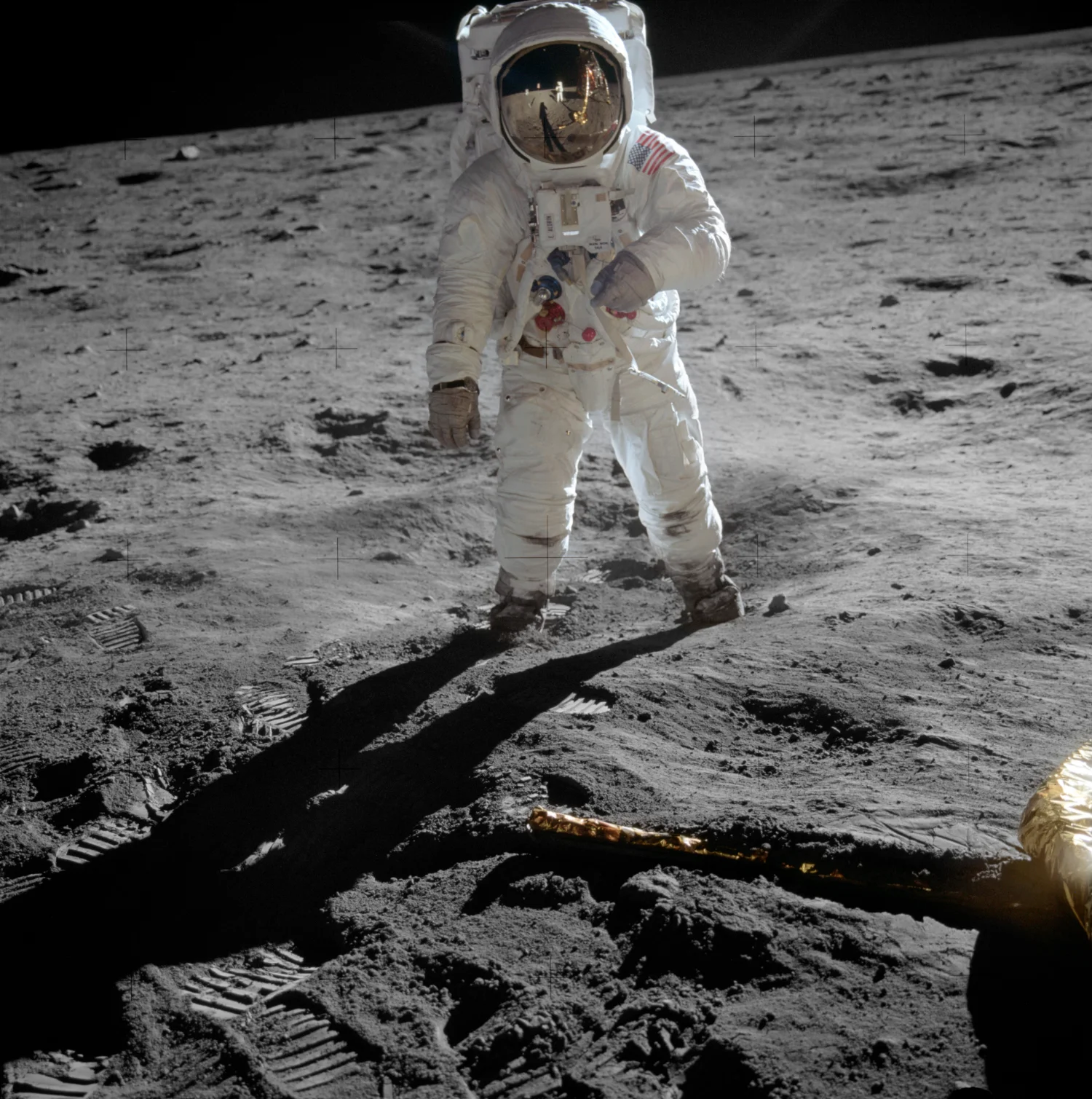
The effort is nothing less than herculean: at the peak of the Apollo program, the program alone accounts for 2.5% of the GDP of the United States, back when the US economy accounts for over one-third of the world’s economy.
And the results speaks for themselves: not only the US government managed to put 2 men on the moon, they manage to repeat the feat five more times. The Apollo program accelerates the field of rocket science which brings benefits that are incalculable like satellite communication, human presence in space, and new knowledge in material science and engineering. As JFK once said:
“The growth of our science and education will be enriched by new knowledge of our universe and environment, by new techniques of learning and mapping and observation, by new tools and computers for industry, medicine, the home as well as the school. Technical institutions, such as Rice, will reap the harvest of these gains.”
HP Moonshot server
HP Moonshot server line might be called marketing, or gimmicky. But in the world of data center servers, HP does have a lot of innovations that no other company brings.
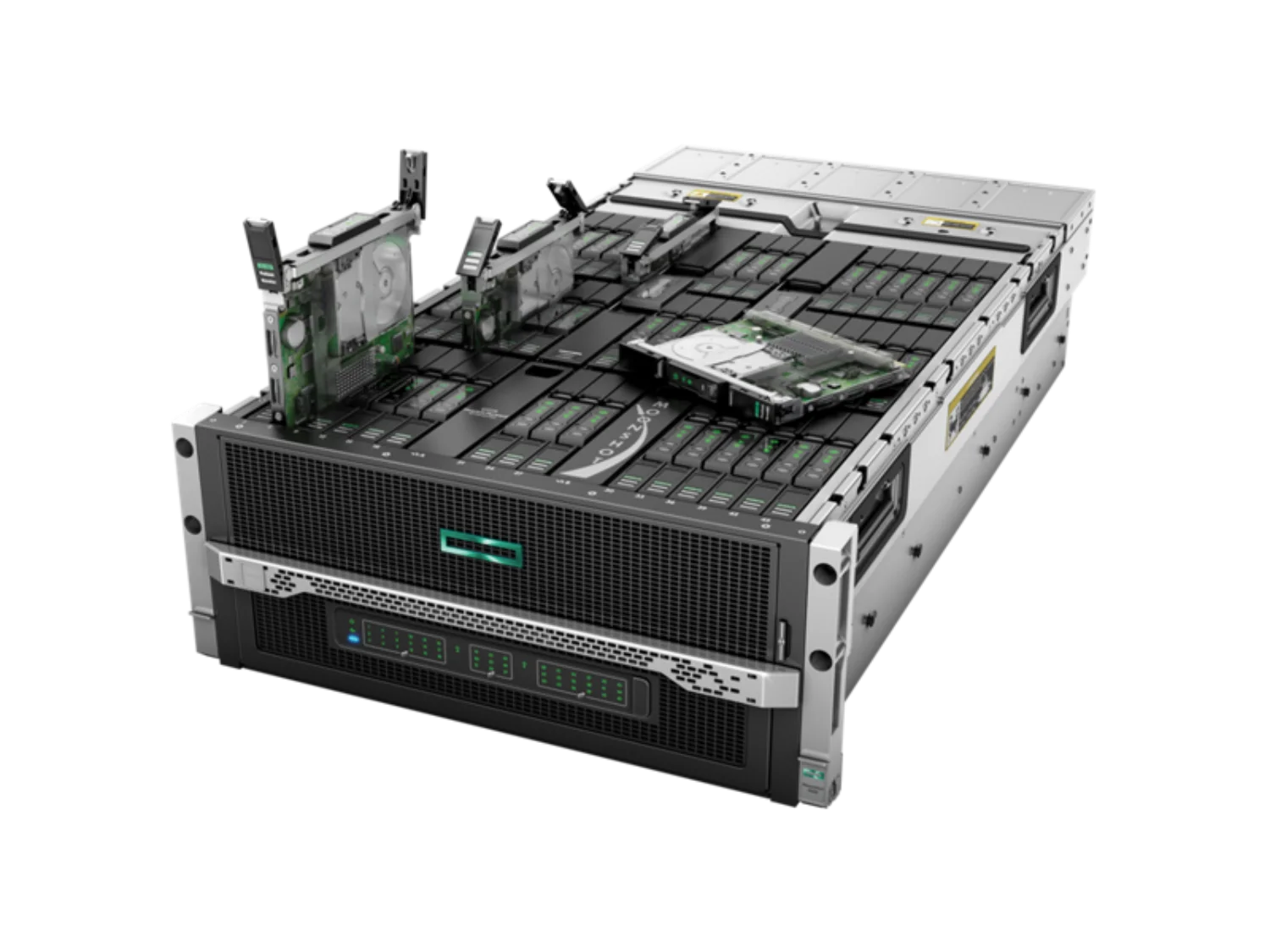
For the HP Moonshot line, it took HP ten years to bring the idea to life. The result is you basically have a data center in a box. 45 powerful servers, complete with internal switches in a 4.3-unit chassis. It is one of the densest server configurations ever. Where rack space means money, that means a lot of performance per cubic space.
Google X
One of the most lofty company is Google. They have an entire company that is dedicated to try lofty goals with no fear of gaining immediate return on investment. Most of their ideas seems whimsical at first, but in the end bring practical application years or even decades later. There are some of the things that come from Google X, Google’s moonshot factory
Google Glasses: most famous example is the Google Glasses, which actually become a product. Although it failed the general masses, it doesn’t mean that the idea had died In fact, the next tech frontier that big tech companies are chasing are VR/MR/AR glasses.
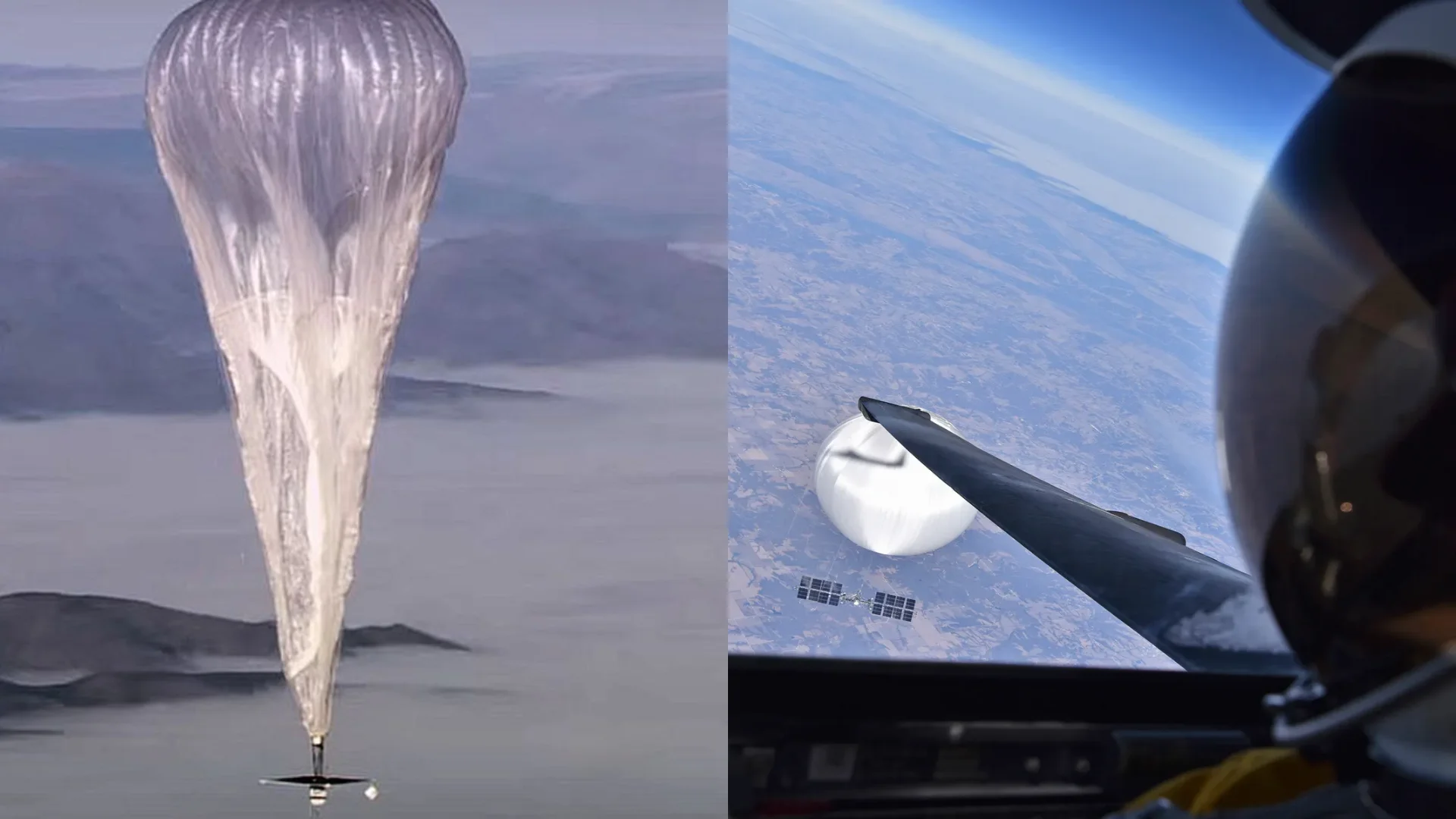
Project Loon: One of the idea of Project Loon is to establish free internet around the world. One of the major idea is to put comm equipment in balloons and then volia: you basically have a mesh of network coverage coming from the sky. Although the project ultimately failed, the idea still kept alive in other forms: SpaceX and other companies are putting satellite in low earth orbit to provide internet service.
Apple Moonshot Company
There’s another company that regularly does secret projects and only discloses them when the project actually becomes a product: Apple. Together with Intel, Microsoft, and IBM, Apple is the company that basically has transformed how we interact with specialized electronic devices that we call computers. And there’s examples in each decade of it’s existence that they bet the company and completely transform how we interact with technology.
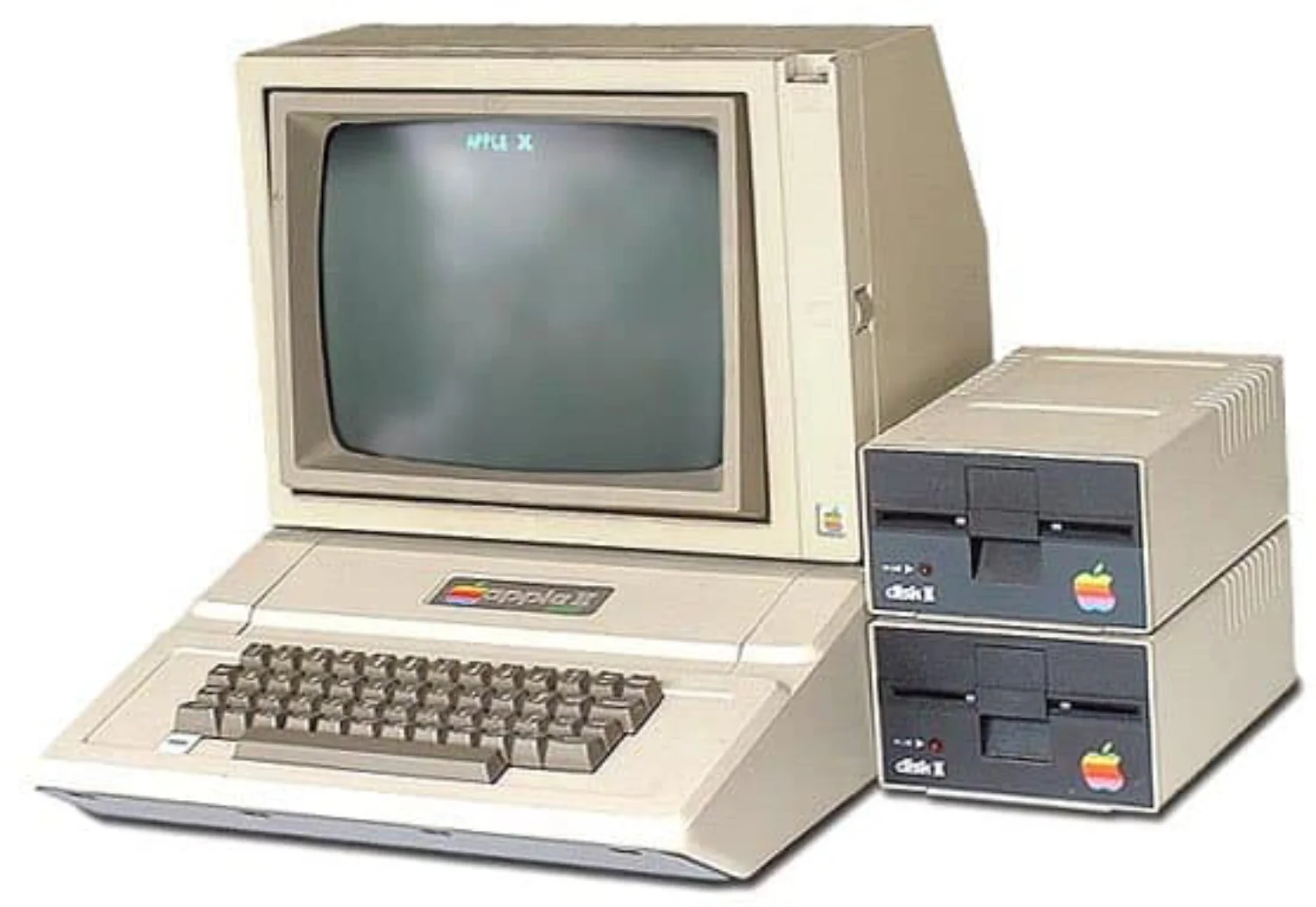
First, there’s the concept of Personal Computing, which Apple is one of the first pioneers. Apple’s first consumer product, Apple ][, basically launched the company from a garage band to a Fortune 500 company. Then, when Apple languished due to mismanagement Apple managed to pick itself up (with the help of returning prodigal child of course) and reinvent what a personal computer should look like. Then it is just a stepping stone to creating bigger things. After the iMac, comes the iPod, the earth-shattering iPhone, the iPad, Apple Watch, and AirPods.
Behind every product, there are billions of dollars spent to find, test, and perfect the next best thing. Out of the things that they publish, many more didn’t see daylight. Based on their patent filings, one can see some insight into where they are working on a lot of things.
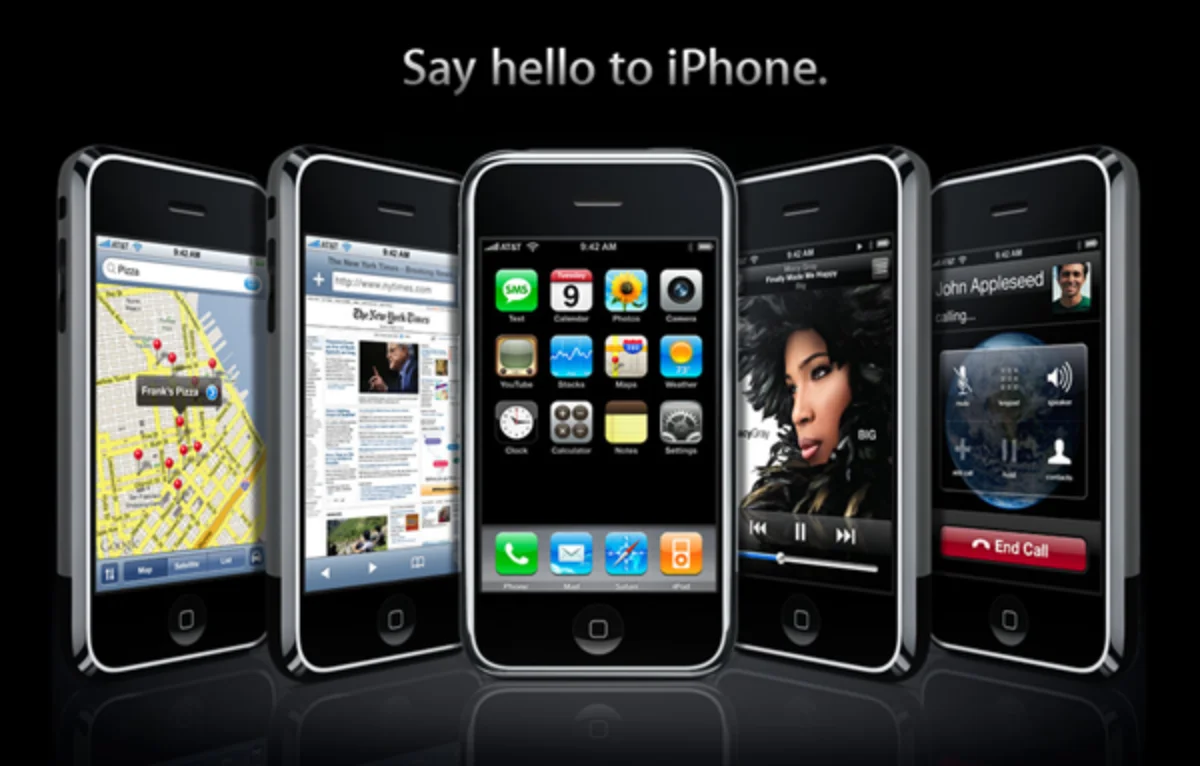
The latest moonshot program is where Apple will allegedly put a non-prick glucose sensor on your wrist via the Apple Watch. It is reported that the effort started when Steve Jobs was still in charge of Apple (more than 12 years ago) and through many iterations, the team manage to make the device smaller and smaller until it fits as a sensor on your wrist.
Conclusion
Moon shot projects are ambitious, “out-there”, and extremely high risk. However, governments, companies, and even individuals do try them out because the reward is also extremely high. Yes, while most will fail to do such projects, doing so will move the needle a lot further.
Plug
Support this free website by visiting my Amazon affiliate links. Any purchase you make will give me a cut without any extra cost to you
| Base | Pro | |
|---|---|---|
| iPhones | iPhone 15 / iPhone 15 Plus (Renewed) - (Amazon) | iPhone 15 Pro / iPhone 15 Pro Max (Renewed) - (Amazon) |
| Watch | Apple Watch SE (Amazon) / Apple Watch Series 9 (Amazon) | Apple Watch Ultra 2 (Amazon) |
| AirPods | AirPods 3 (Amazon) | AirPods Pro 2 (Amazon) / AirPods Max (Amazon) |
| iPad | iPad 10 (Amazon) / iPad Mini (Amazon) | iPad Air M2 (Amazon) / iPad Pro M4 (Amazon) |
| Laptops | MacBook Air M3 (Amazon) | MacBook Pro M3 (Amazon) / MacBook Pro M3 Pro/Max (Amazon) |
| Desktop | Mac Mini (Amazon) / iMac (Amazon) | Mac Studio / Mac Pro |
| Displays | Studio Display (Amazon) | Pro Display XDR (Amazon) |
Other Ecosystem Items
